vestibular disease in cats fatal
A cats vestibular system is the complex arrangement of nerves and other components that governs its sense of balance and coordinate the movement of its head and eyes. Within the inner ear is the semicircular canal which harbors an.

Feline Geriatric Vestibular Syndrome Lovetoknow
The most common clinical signs of vestibular disease include circling or falling to one side a pronounced head tilt and rapid and involuntary oscillating movement of the eyeballs.
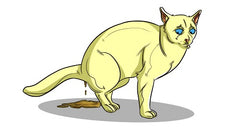
. The nerves surrounding the inner ear send information to the brain to maintain balance. These symptoms include head drooping staggering gait and lack of motor coordination. Vestibular disease is a disease that can affect cats of all ages.
Most cases of vestibular disease will go away on its own in a few days with some cases lasting a. Exposure to certain toxins or drugs can also cause symptoms that mimic feline vestibular disease. Although the symptoms are easy to recognize vestibular syndrome causes can be very difficult to diagnose sometimes defined as feline idiopathic vestibular.
Vestibular ataxia relates to the function of the inner ear. Vestibular disease is a condition in which the cat develops incoordination due to several disorders affecting the vestibular apparatus in the inner ear or brainstem. Tumors are a less common cause but must be considered especially in older cats.
Vestibular disease is broken into two categories. Peripheral vestibular disease and central vestibular disease. Feline vestibular disease originates in a cats peripheral vestibular system which is located in the inner ear or a problem in the brain stem central vestibular system.
While the disease is not life-threatening it can be debilitating. Other issues are incurable and may lead to death such as lysosomal storage disease severe hydrocephalus feline infecctious peritonitis or glycogen storage disease. If the cat has experienced.
While Feline Geriatric Vestibular Syndrome is not fatal there may be other reasons for your cat to exhibit the behaviors listed above. The cat may be experiencing a transitory problem with its vestibular systemthe complex arrangement of nerves and other components that governs its sense of balance and coordinates the movement of its head. The problem should start to clear up in a few days especially if there is no underlying cause.
Vestibular disease affects both cats and dogs usually in their later years. When the vestibular system no longer functions properly it is called vestibular disease. However it is important to carefully monitor your dogs symptoms.
All three types produce changes in limb coordination but vestibular and cerebellar ataxia also produce changes in head and neck movement. The cats ability to be flexible and agile comes from the vestibular system. This information means your cat is aware if.
The abnormal eye movement is called nystagmus. Otitis interna inflammation of the inner ear due to infection is the most common cause of vestibular disease in cats. Ataxia Vestibular Disease in Cats.
What can cause dizziness in cats. The cat may be experiencing a transitory problem with its vestibular systemthe complex arrangement of nerves and other components that governs its sense of balance and coordinates the movement of its head and eyes. Conditions such as middle- and inner-ear infections are common causes of the disease.
Signs of vestibular disease include head tilting loss of coordination circling and stumbling staggering falling and rolling as well as involuntary rhythmic jerking eye movements from side to side or up and down. The virus causes upper respiratory disease that often closely resembles Feline Viral Rhinotracheitis FVR and both viruses can cause the syndrome known as Cat Flu with generalised inflammation of the upper respiratory tract and eyes leading to sneezing bilateral ocular discharge a high. Ataxia in general is a condition relating to a sensory dysfunction that produces loss of coordination of the limbs head andor trunk.
Vestibular disease can cause mild discomfort motion sickness and impaired coordination in dogs but the good news is that the condition is not painful or dangerous and can heal spontaneously without treatment. Vestibular disease can be lateral occurring on one side of the head or bilateral affecting both sides. Vestibular disease is not usually fatal in cats.
Feline calicivirus FCV is a common viral infection of domestic cats. The vestibular system is responsible for providing the brain with vital information about orientation and direction relative to gravity. Within a few weeks.
Dizziness and loss of balance can cause excessive drooling nausea and vomiting. Human anti-nausea medications can make your cat very sick and can be fatal. Herein is vestibular disease in cats fatal.
Other issues are incurable and may lead to death such as lysosomal storage disease severe hydrocephalus feline infecctious peritonitis or glycogen storage disease. Vestibular syndrome is one of the most common cat diseases and presents very characteristic and easily recognizable symptoms. Also know is vestibular disease in cats fatal.
The Prognosis Of Feline Vestibular Disease. Such a disorder and its alarming manifestations are typically temporary and. It can be fatal or it may resolve over time but in both cases immediate veterinary care is.
Some other possible causes can be fatal so its a good idea to.

Vestibular Disease In Cats Innovet Pet

Feline Geriatric Vestibular Syndrome Lovetoknow

Ataxia In Cats Loss Of Balance In Cats Petmd
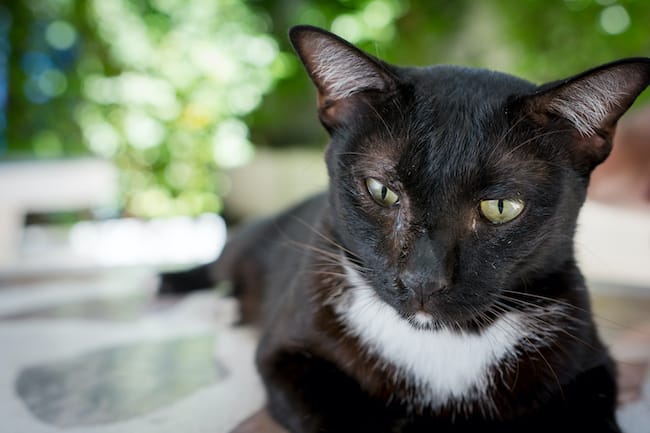
Vestibular Syndrome Lap Of Love

Vestibular Disease In Dogs And Cats Veterinary Partner Vin

Vestibular Syndrome Kingdom Veterinary Clinic
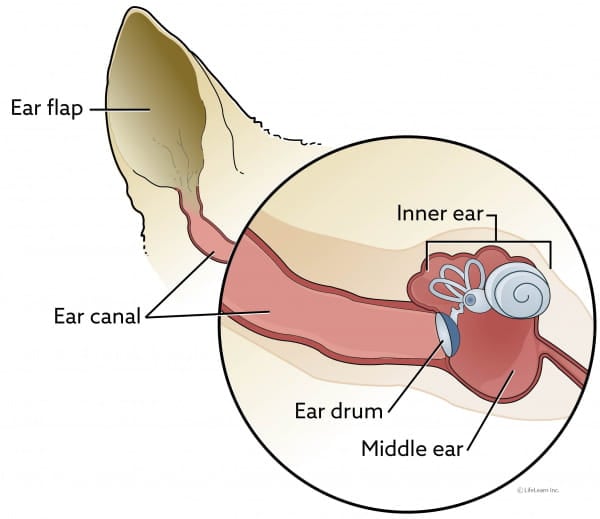
Feline Vestibular Disease Vca Animal Hospital

Feline Geriatric Vestibular Syndrome Lovetoknow

Vestibular Disease In Cats Symptoms Causes And Treatment

Guidelines On How To Treat Feline Vestibular Syndrome

Vestibular Disease In Cats Carolina Veterinary Specialists Rockhill Emergency Vet
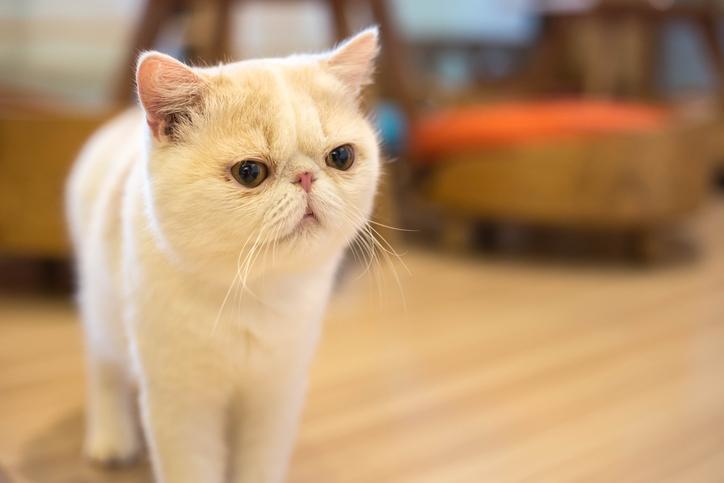
Vestibular Disease In Cats Symptoms Causes And Treatment
Vestibular Disease In Cats Innovet Pet

Feline Geriatric Vestibular Syndrome Lovetoknow

When Cats Lose Their Sense Of Balance Catwatch Newsletter
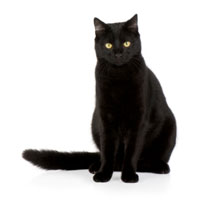

/Catbed-GettyImages-1309831690-5fb5d9d4bfba4ac5a61788af943a69b2.jpeg)
